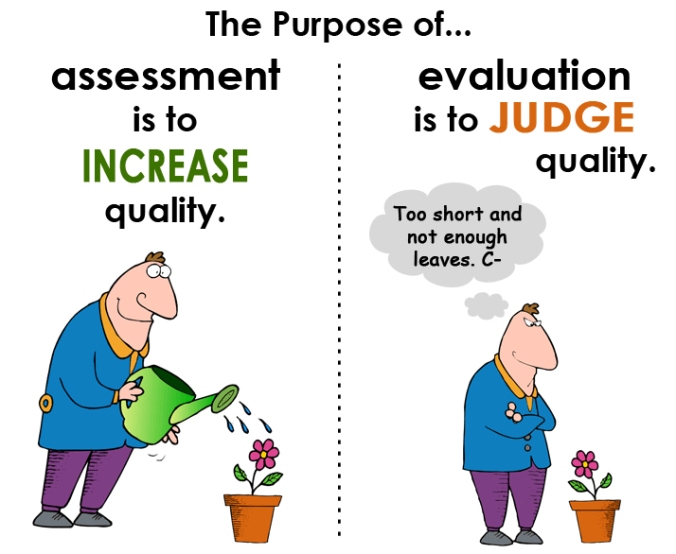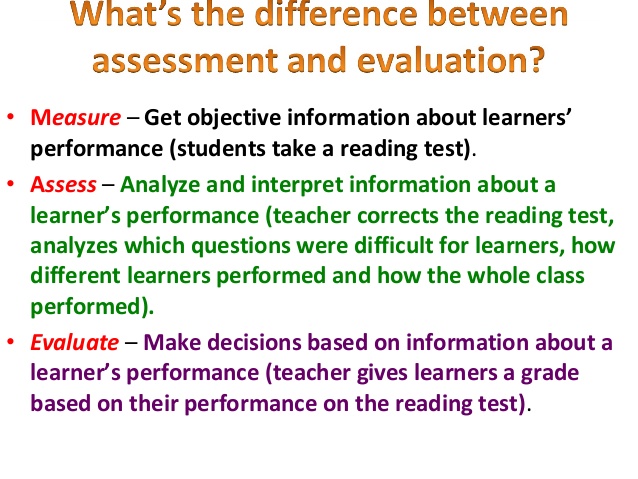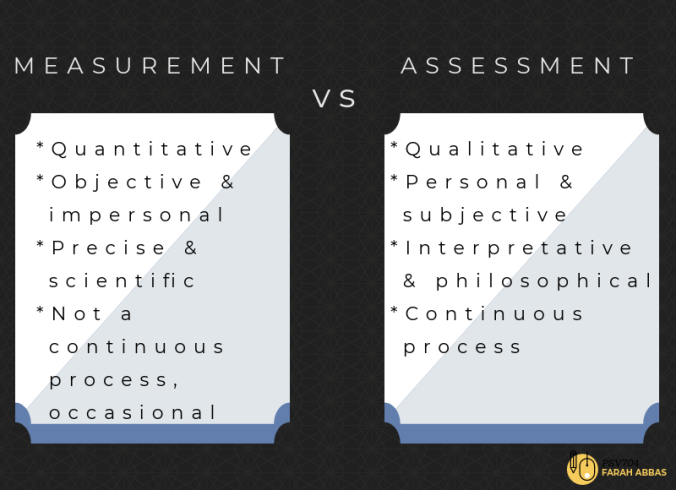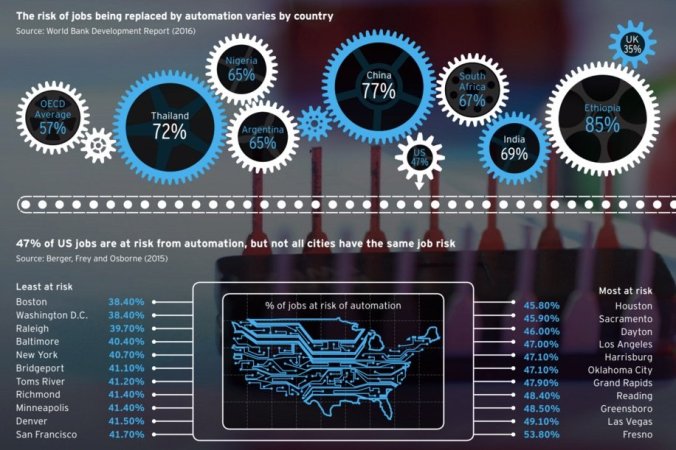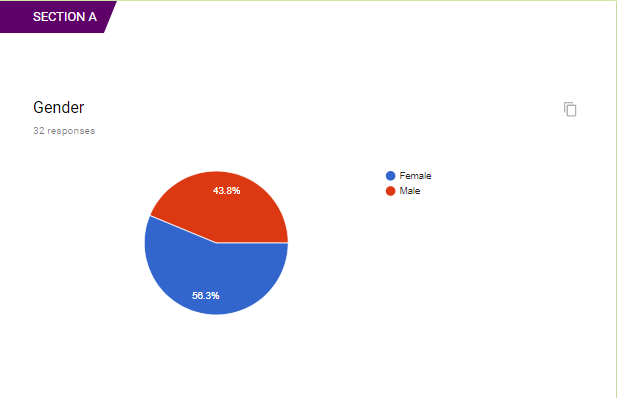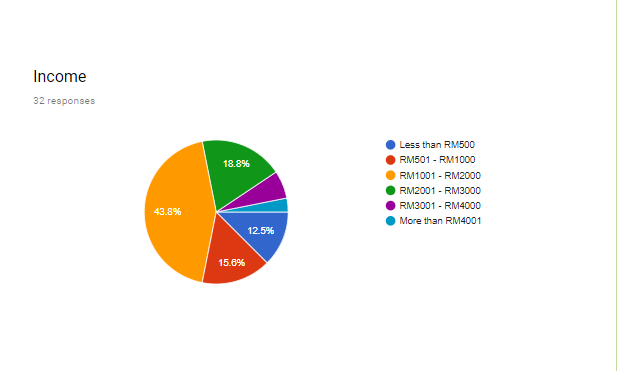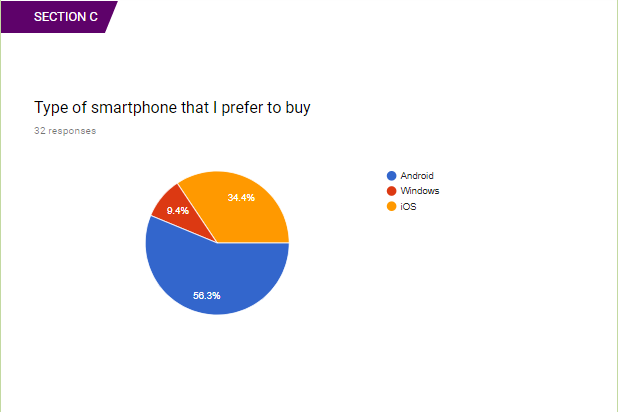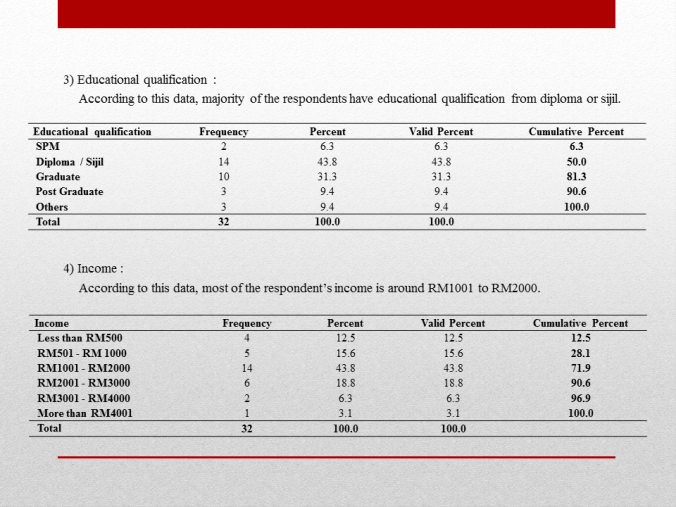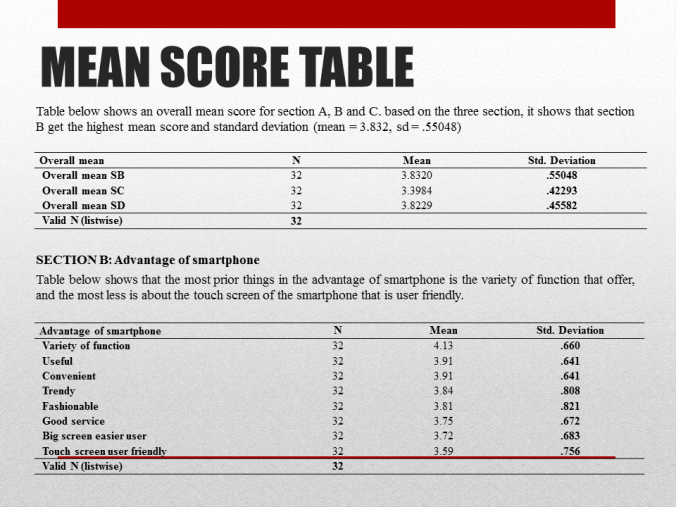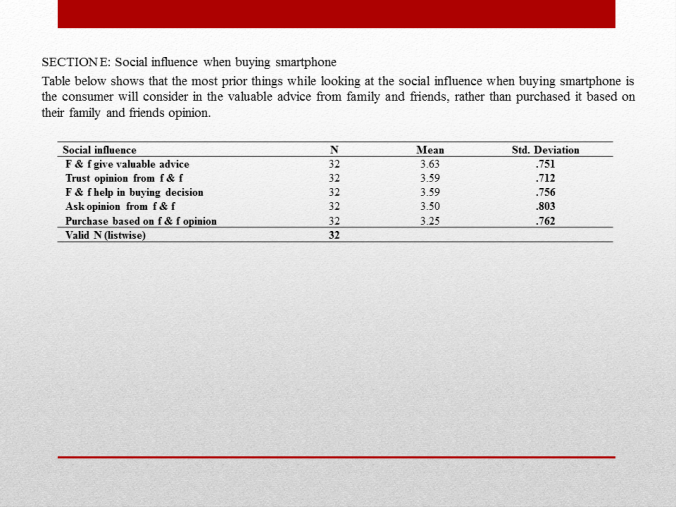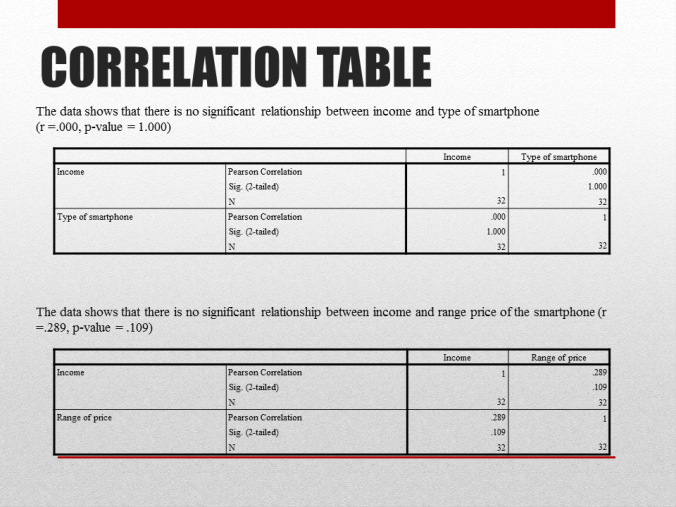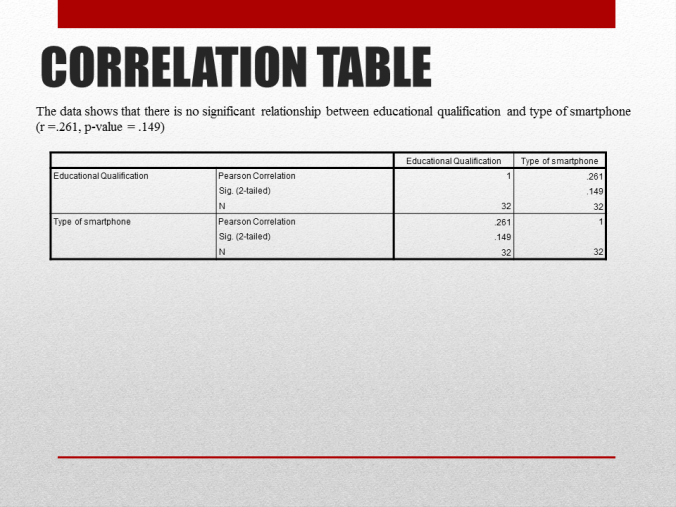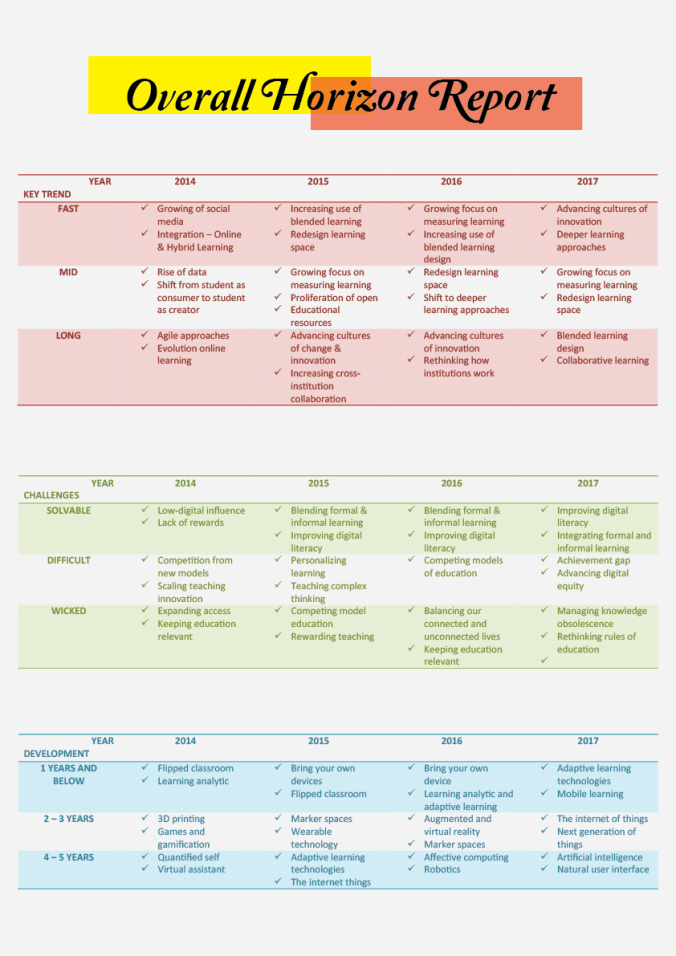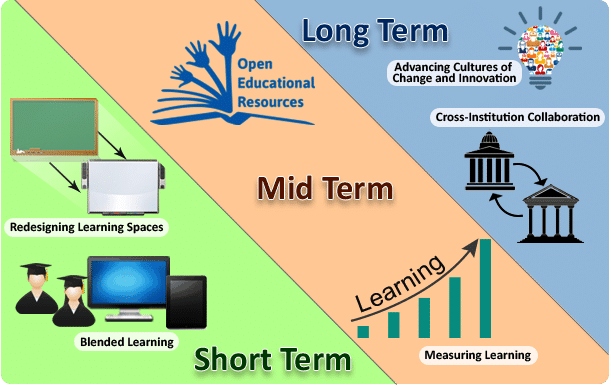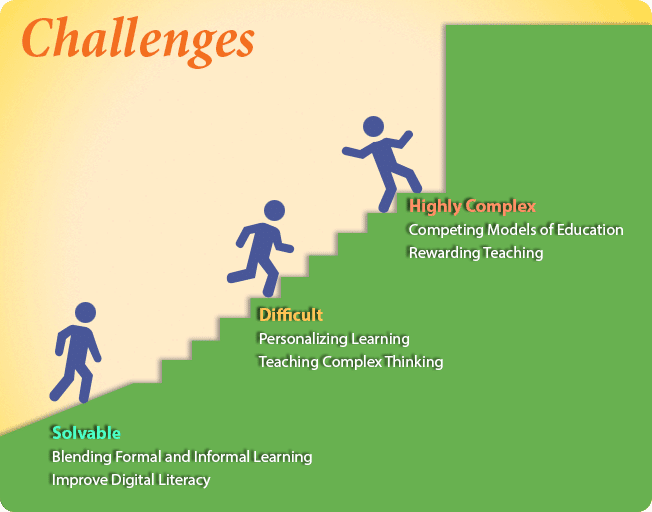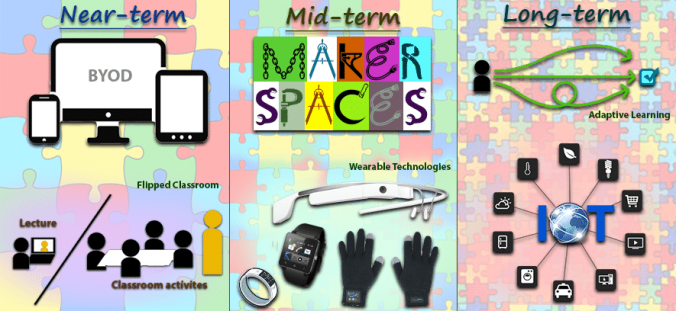WHAT IS GROUP WORK?
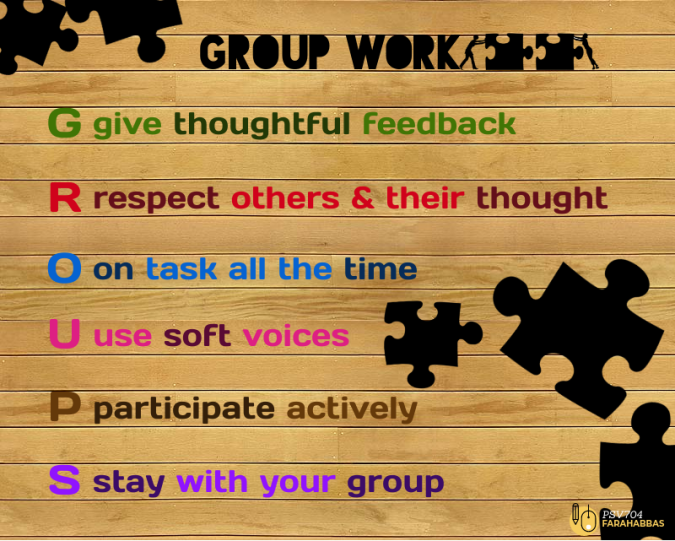
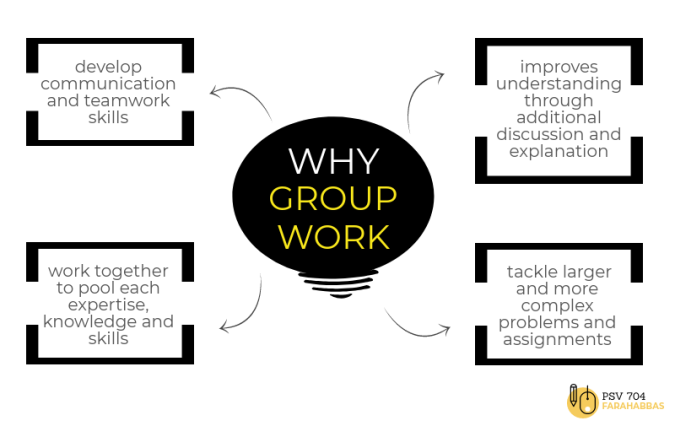
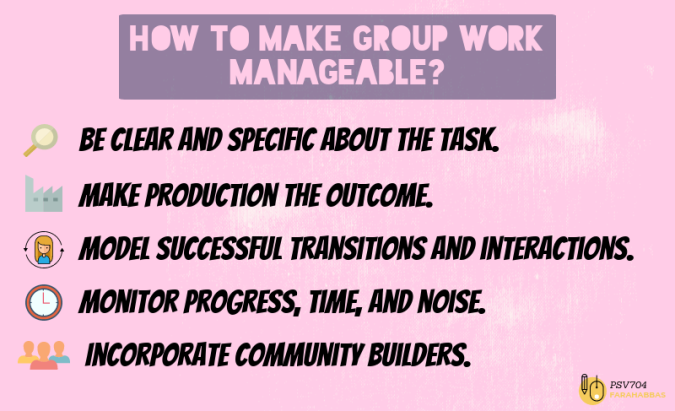

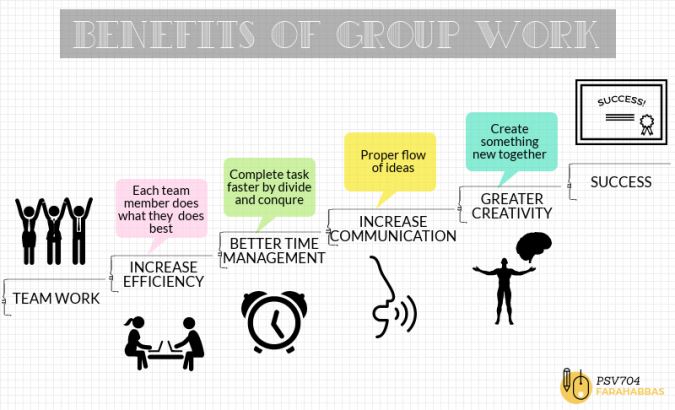

EXAMPLE OF GROUP WORK
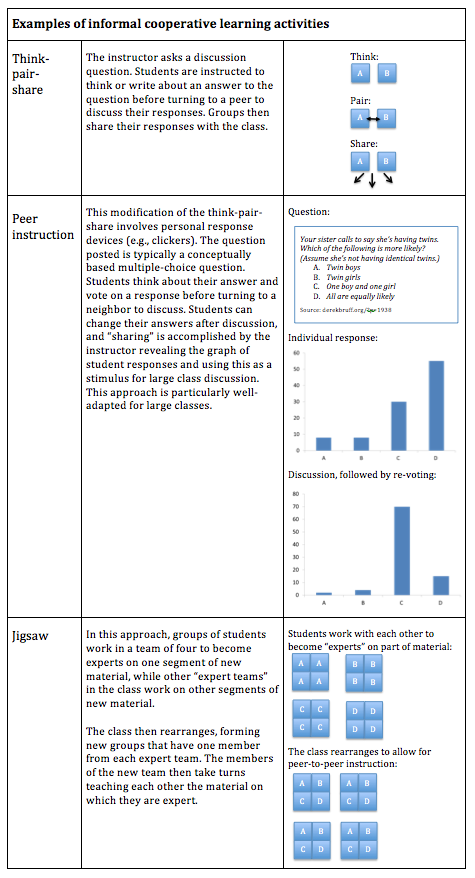
EXPLANATION AND WAYS TO MAKE THINK, PAIR, SHARE ACTIVITY
EXPLANATION AND WAYS TO MAKE PEER INSTRUCTION ACTIVITY
EXPLANATION AND WAYS TO MAKE JIGSAW ACTIVITY
CONCLUSION
Once a group comes together they go through some stages (forming, storming, norming, performing, and terminating) to develop roles, create a leadership strategy, and determine the process for decision making. While numerous specific group roles exit, the four categories of roles include: task, social-emotional, procedural, and individual roles. It is likely that members will occupy multiple roles simultaneously as they participate in groups.
New technologies are continually changing, but how we engage in group communication. The asynchronous nature of communication technologies can facilitate group processes. However, they also have the potential to slow groups down and make it more difficult to accomplish group goals.
REFLECTIVE
Group work can be use to enhance the student’s learning. By using group work activity students can get more benefit and indirectly students can practice the 21st century skills which is they have to collaborate and communicate each other to make and done the task given by their teacher.
REFERENCES :
1) https://cirt.gcu.edu/teaching3/tips/groupwork
2) https://www.edutopia.org/blog/tips-making-group-work-manageable-kristina-doubet-jessica-hockett
3) http://blog.pctigroup.com/2014/04/benefits-of-team-work.html
4) http://darcyhutchings.com/make-share-group-work-infographic/
